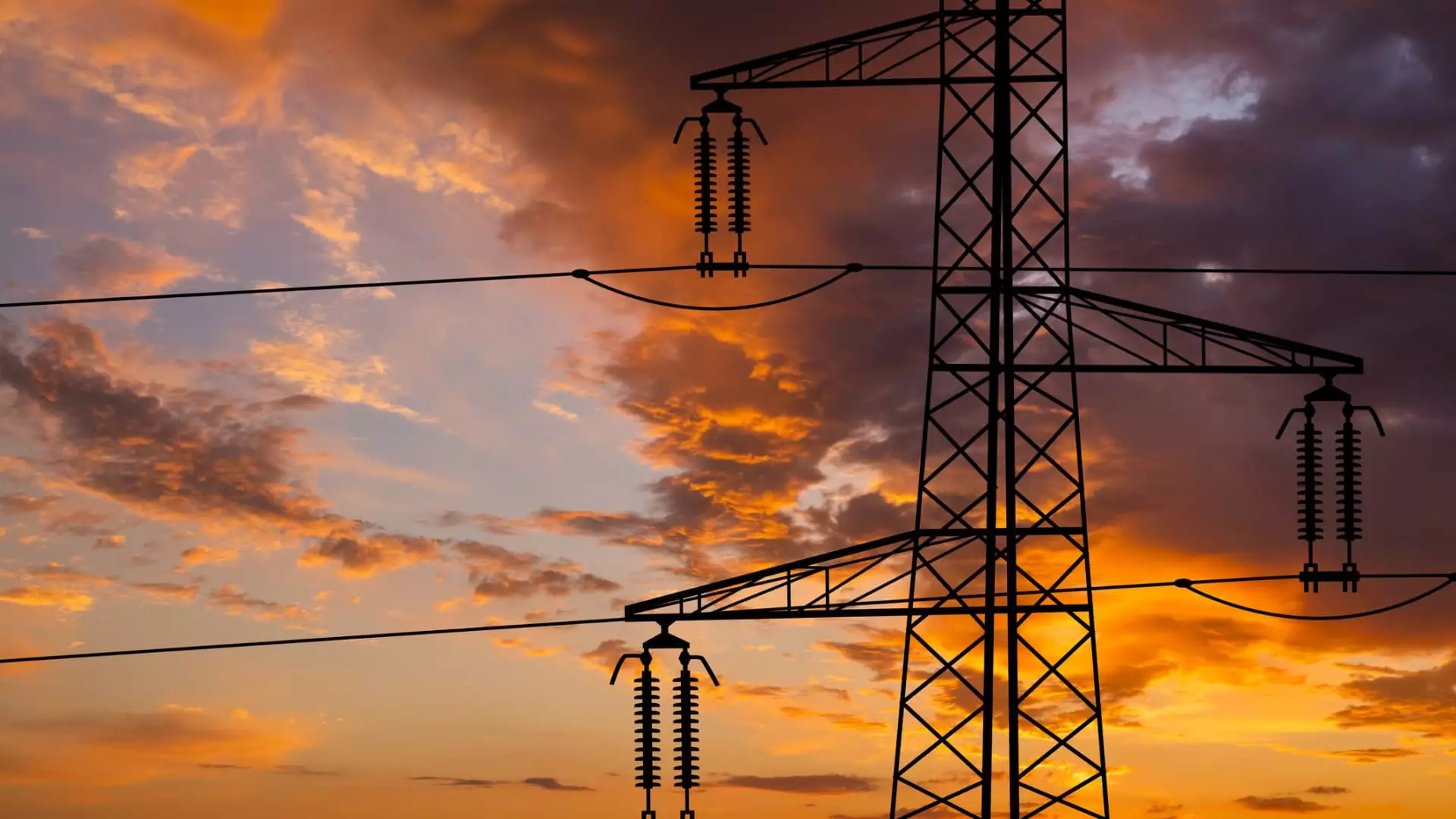In a grim reminder of the ongoing conflict, Ukraine’s capital, Kyiv, along with other major cities, endured a significant missile strike early Sunday morning, marking the largest assault from Russia since August. As the harsh biting cold of winter approaches, Ukrainian officials had braced for this onslaught, aware that it could aim potentially catastrophic damage at an already frail power infrastructure, threatening extensive power outages. Such conditions not only compromise essential services but also exert psychological pressure on a civilian population that has been enduring a devastating war since Russia’s invasion in February 2022.
The Ukrainian Energy Minister, German Galushchenko, took to social media to confirm the brightness of the threat, declaring, “Another massive attack on the power system is under way.” The intent behind these strikes was clear: to target energy generation and transmission facilities. As air defense systems activated over Kyiv in response to aerial threats, a cacophony of explosions echoed through the city, signaling a dangerous escalation.
In the wake of the barrage, urban landscapes were transformed into apprehensive war zones. Authorities were triggered into action, cutting power supplies across various districts in Kyiv and extending to regions such as Dnipropetrovsk. This precaution was deemed necessary to mitigate potential surges that could arise from the damage inflicted. Meanwhile, in Volyn, northern Ukraine, officials acknowledged damage to energy infrastructure but remained guarded about the specifics, a consistent trend throughout the conflict where information is often tightly controlled to maintain strategic advantage.
As reports surfaced from Mykolaiv in southern Ukraine, the intensity of the chaos was underscored by tragic outcomes; two lives lost due to drone strikes further highlighted the human cost of the Russian aggression. Simultaneous reports of explosions in Zaporizhzhia and Odesa not only conveyed a widespread approach to this assault but also reiterated the indiscriminate nature of the violence affecting civilian populations.
Recalling the nature of such an extensive attack, Foreign Minister Andrii Sybiha labeled it as one of the largest assaults aimed at peaceful cities, emphasizing that the offensive was directed at “sleeping civilians” and vital infrastructure. His statement subtly critiqued international diplomacy, hinting at the implications of communication with Russian President Vladimir Putin, particularly referring to a recent call from German Chancellor Olaf Scholz. This raises intriguing questions about the balance between diplomacy and the affirmations of military readiness, especially when rogue actions persist unabated.
Moreover, the conflict’s ramifications reach beyond Ukraine’s borders. Poland, a NATO ally with geographical proximity to Ukraine, acted swiftly in light of this heightened threat. The Polish air force was put on high alert, leading to active engagement of fighter jets and increased readiness of ground-based air defenses. Such movements signify international alignment and underscore a collective apprehension regarding potential spillover effects of the war.
The reality on the ground remains alarming, with updates from local authorities urging residents to take immediate shelter. Kyiv’s Mayor, Vitali Klitschko, reported on the aftermath of the blasts, including injuries caused by debris falling onto residential properties. Emergency responses were mobilized promptly, but the sense of vulnerability lingers heavily in the atmosphere among the residents.
Ultimately, restoring peace appears a distant ambition, with each missile fired deepening the scars of this protracted conflict. The last major missile strike prior to this one occurred on August 26, when a brutal barrage claimed seven lives. Each cycle of violence not only escalates physical destruction but remains a strain on the collective psyche of the Ukrainian people.
As winter encroaches, the resilience of humanity stands juxtaposed against the calculated brutality of war. The stakes are higher than ever: safeguarding energy infrastructures and ensuring civilian safety become not only acts of resilience but pivotal components of a larger struggle for national sovereignty and survival amidst relentless aggression.

Leave a Reply